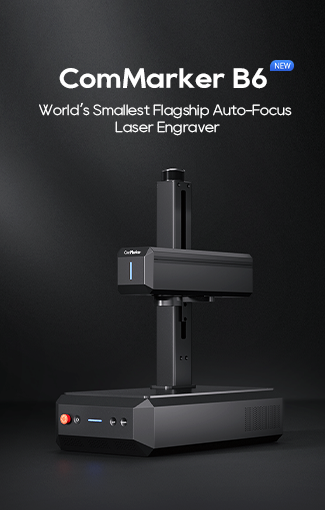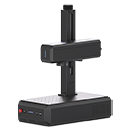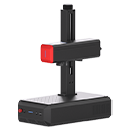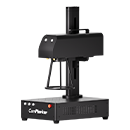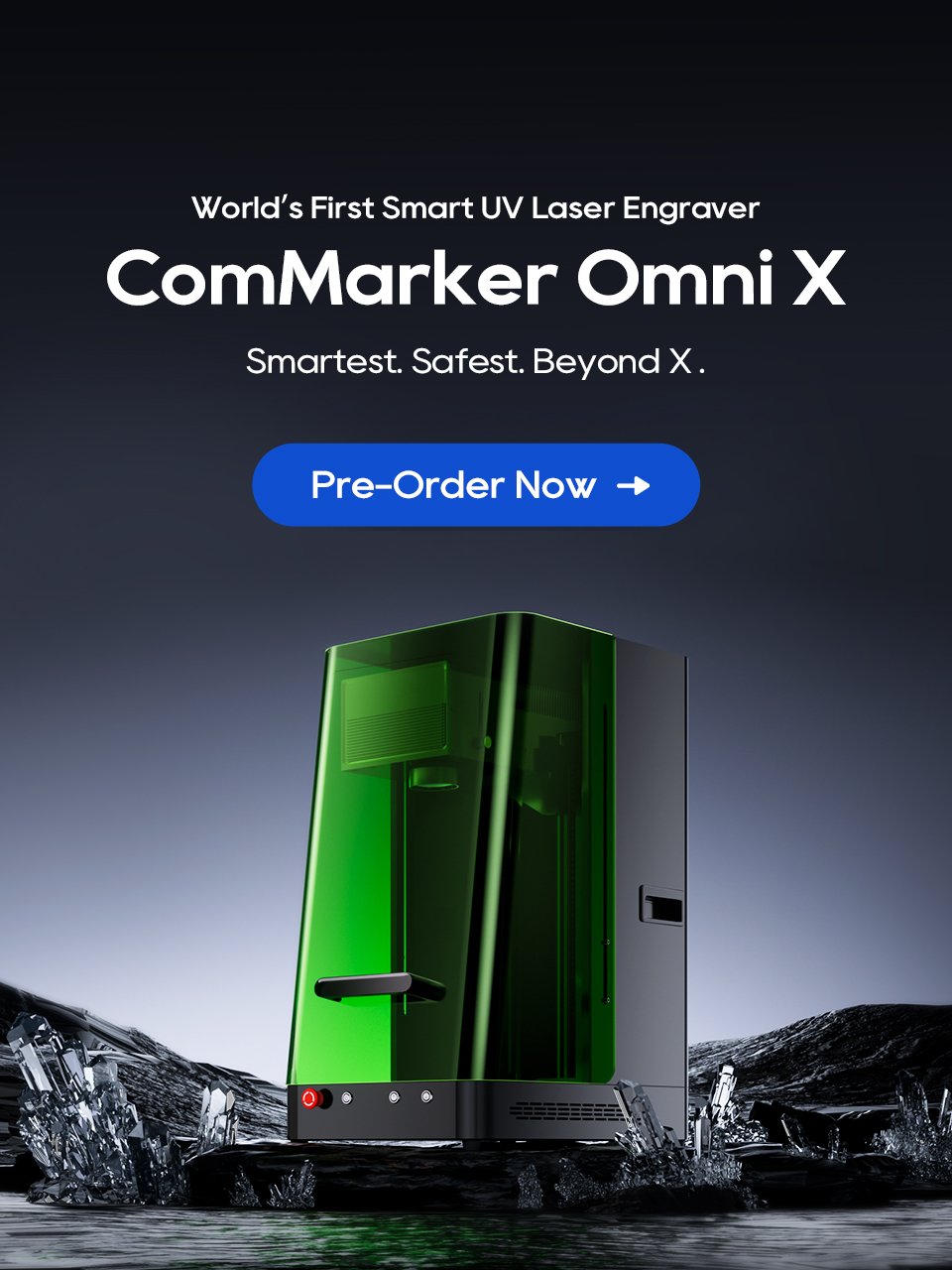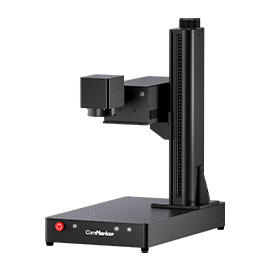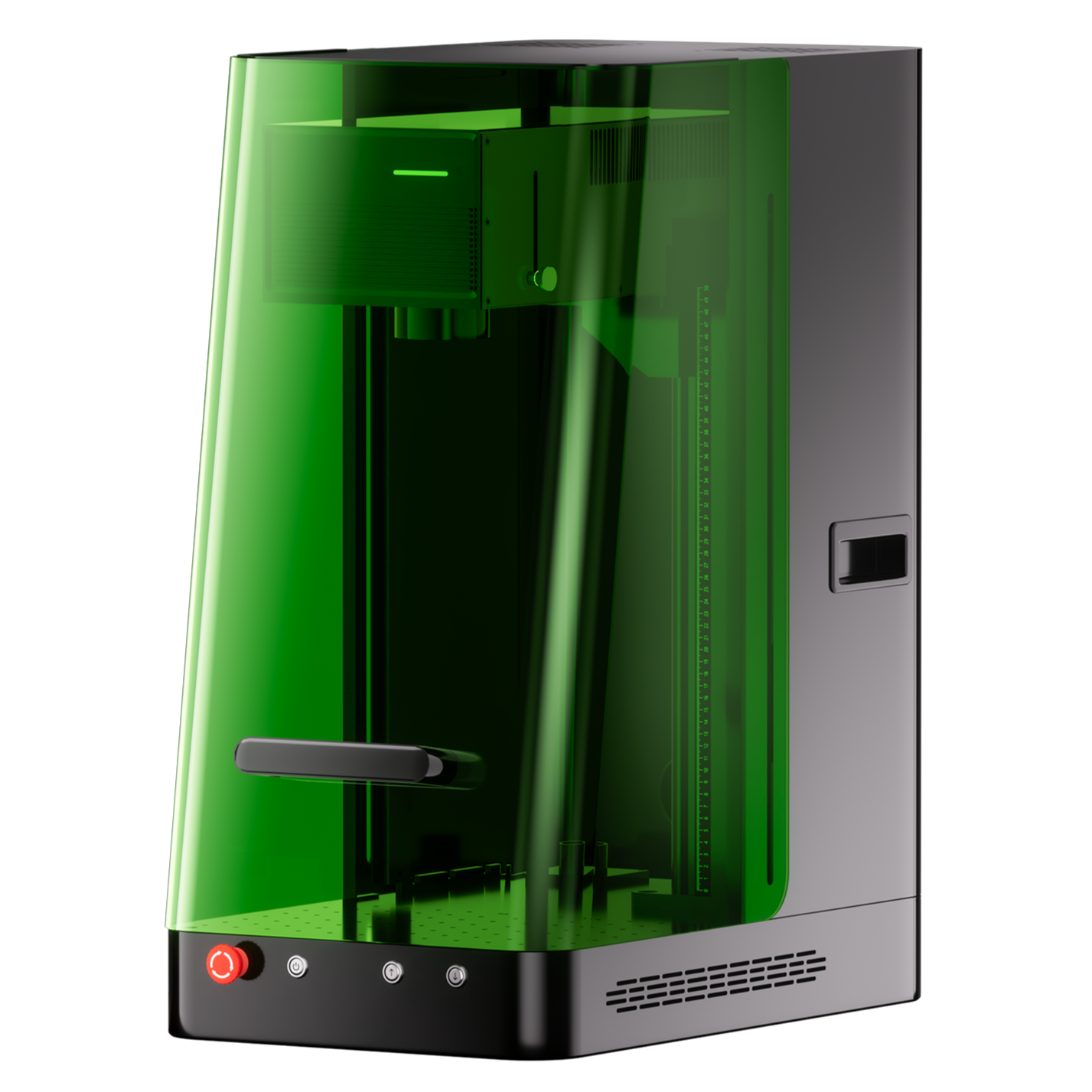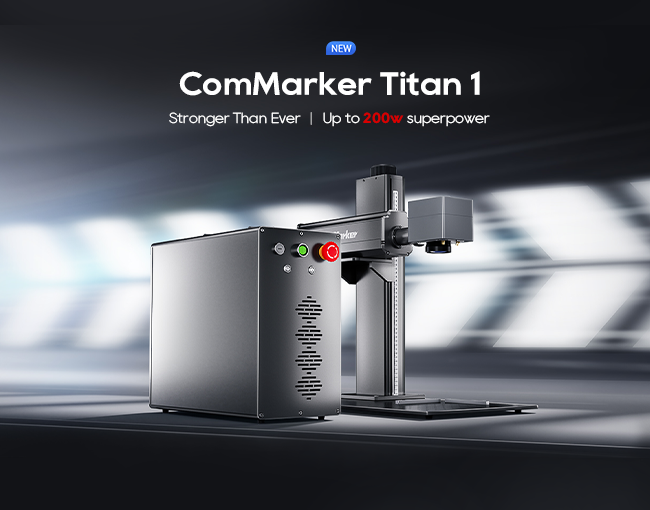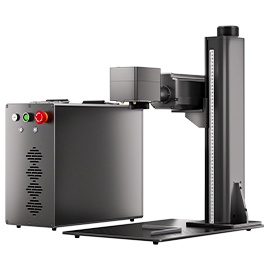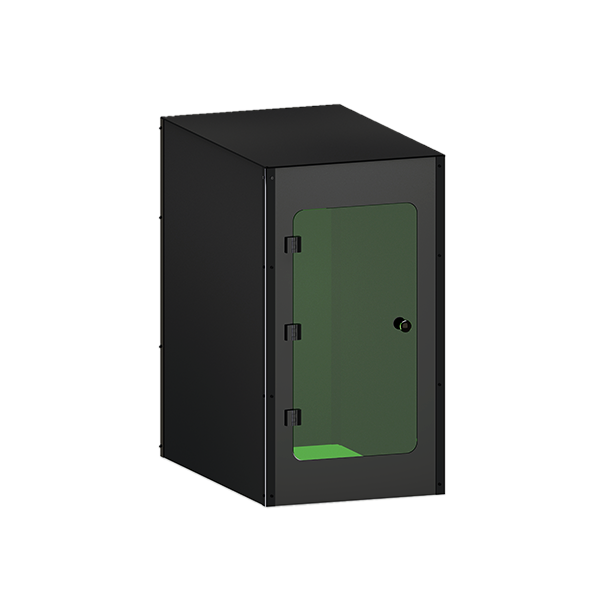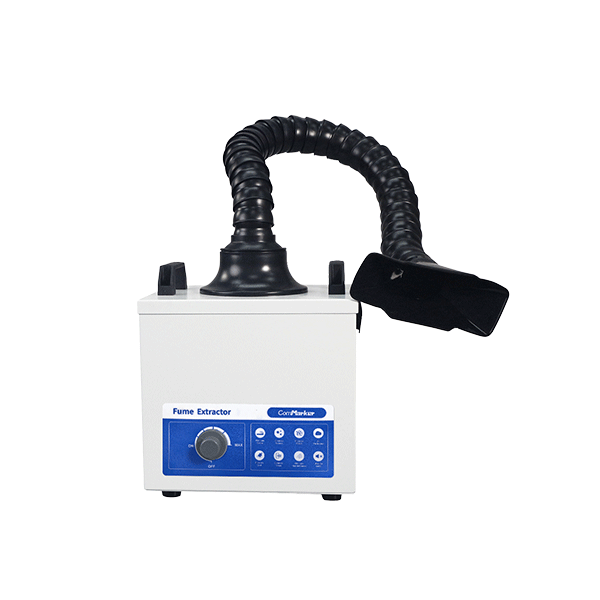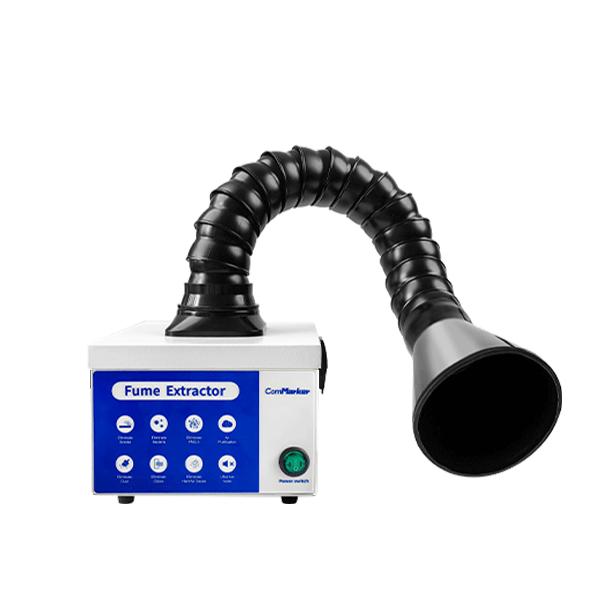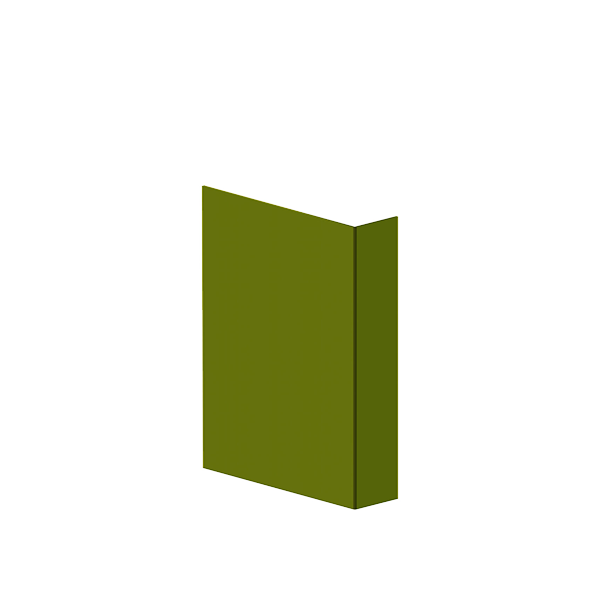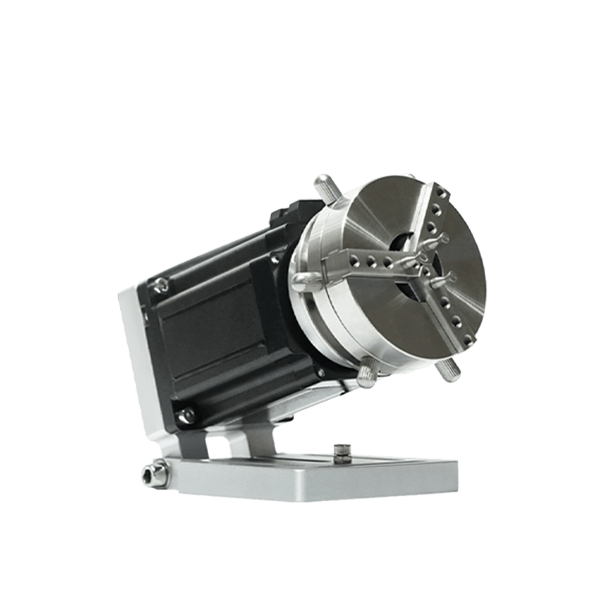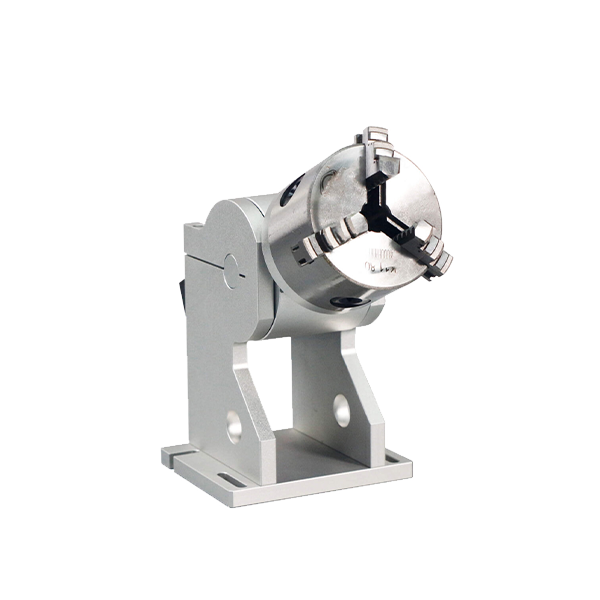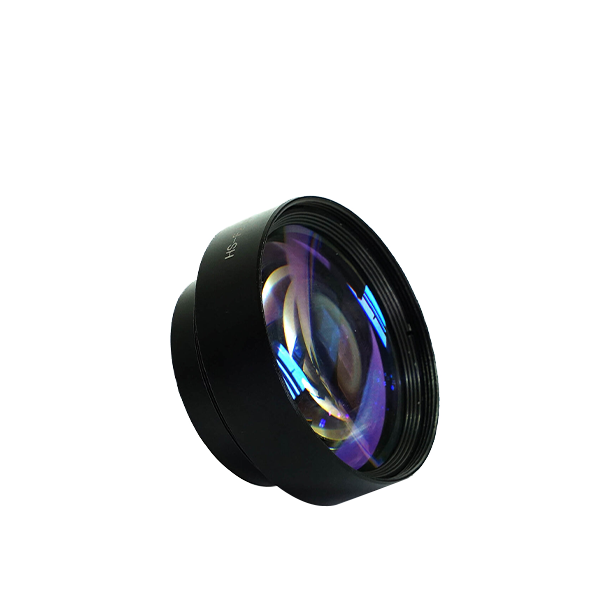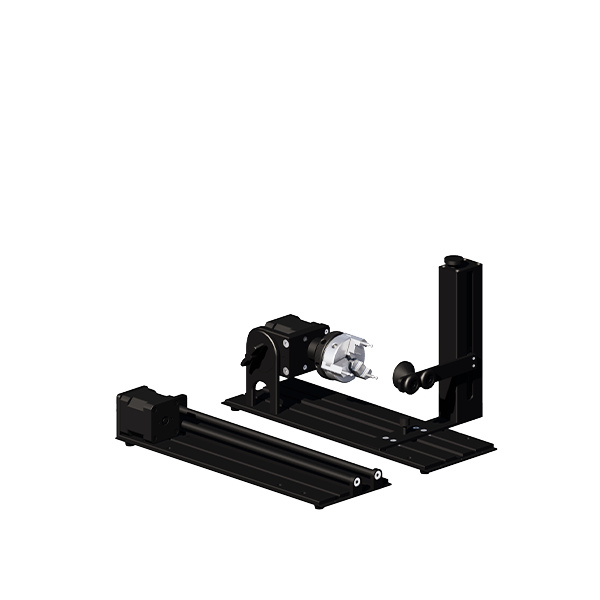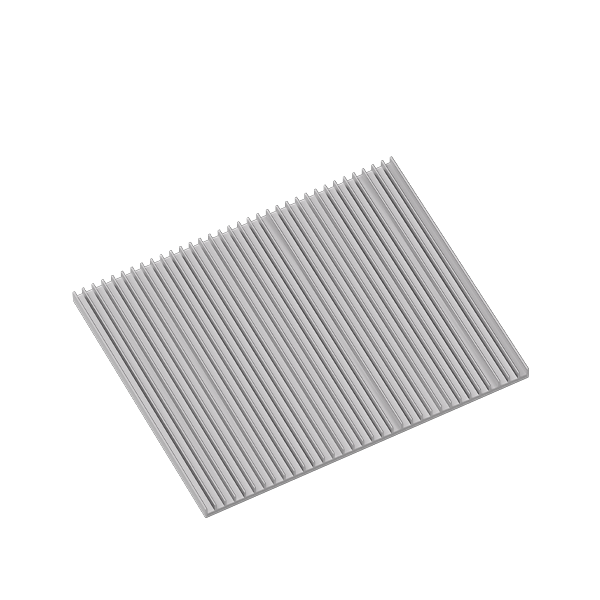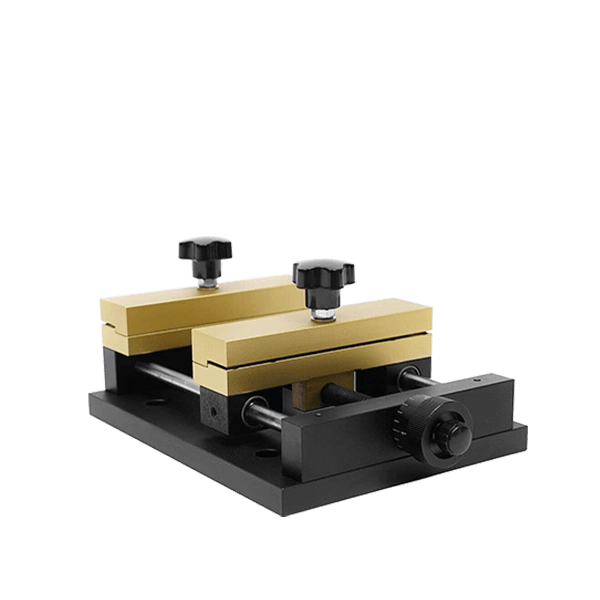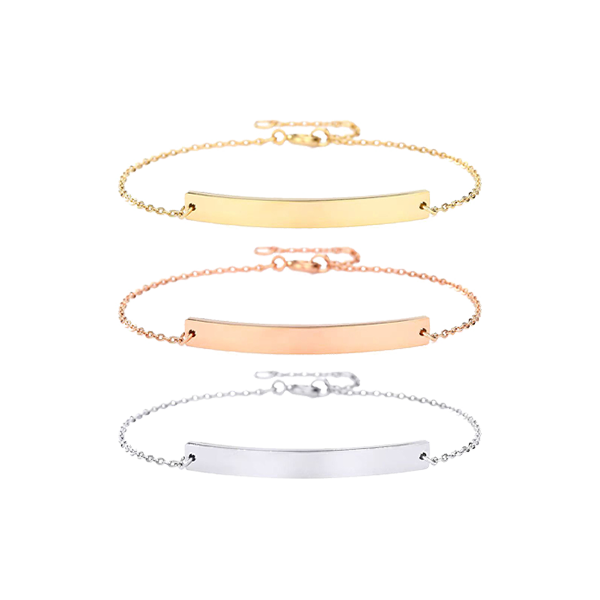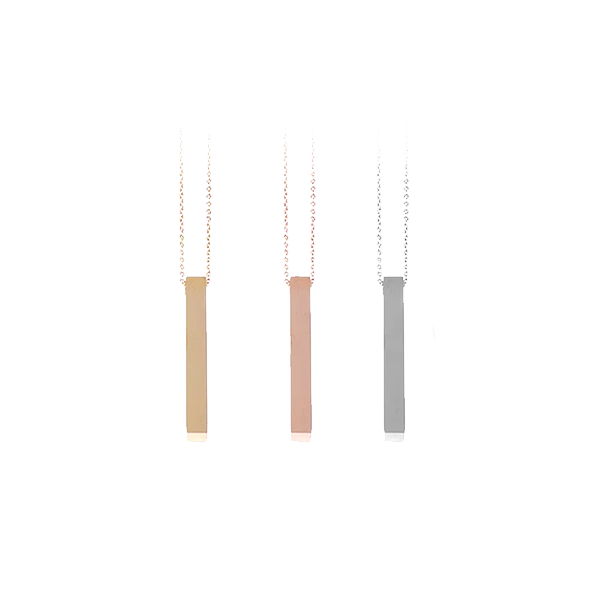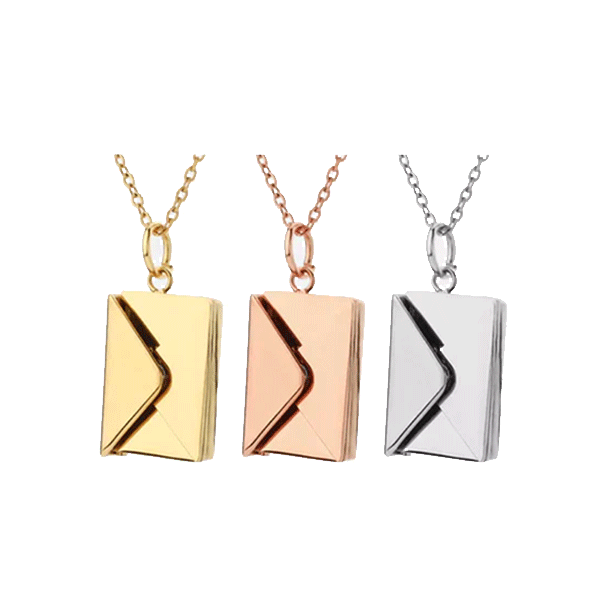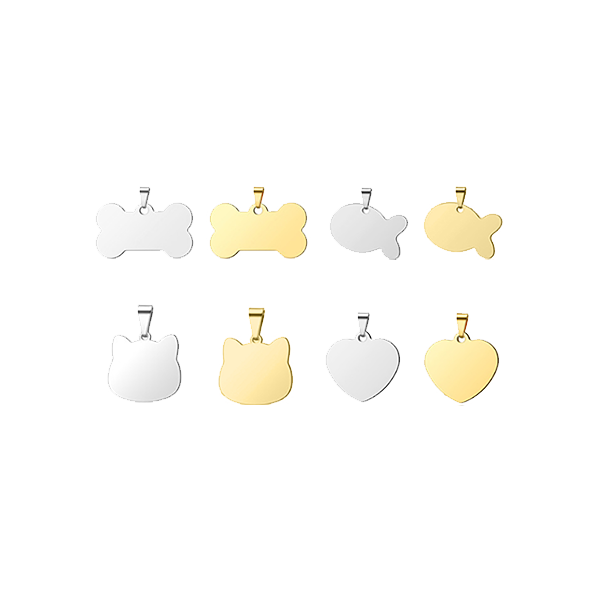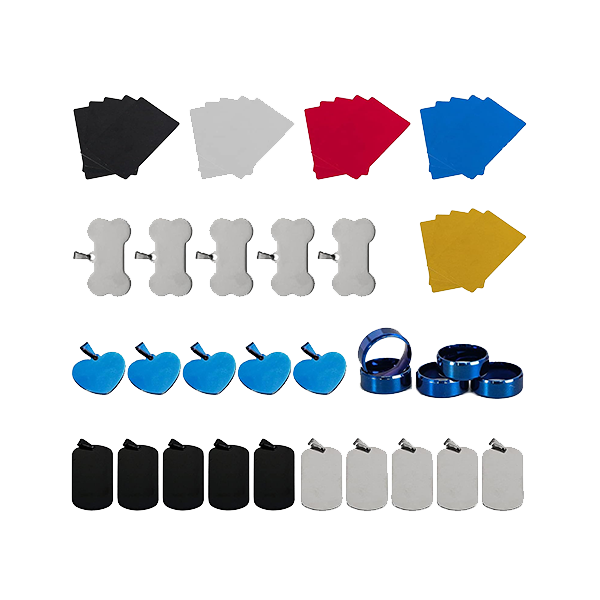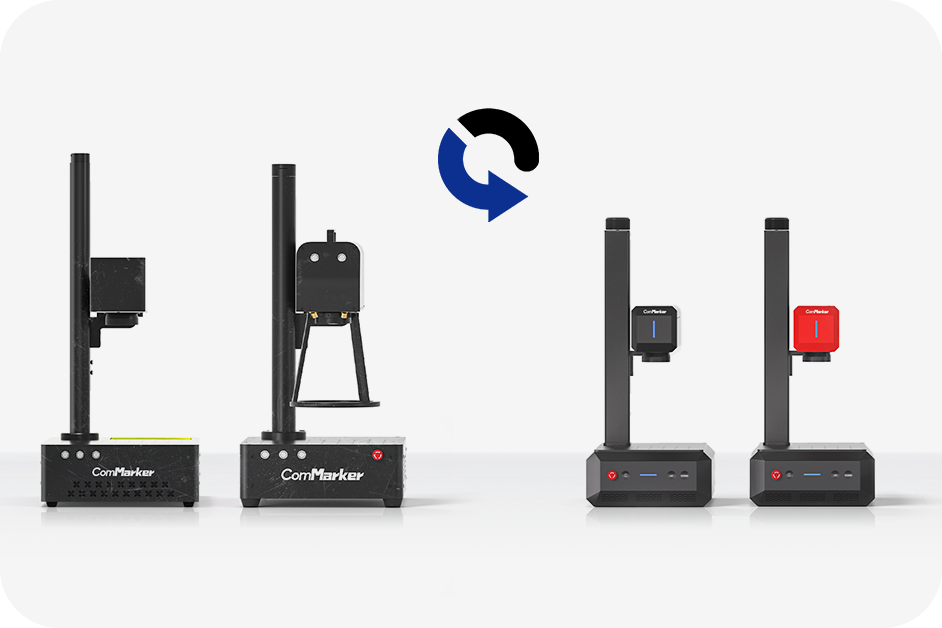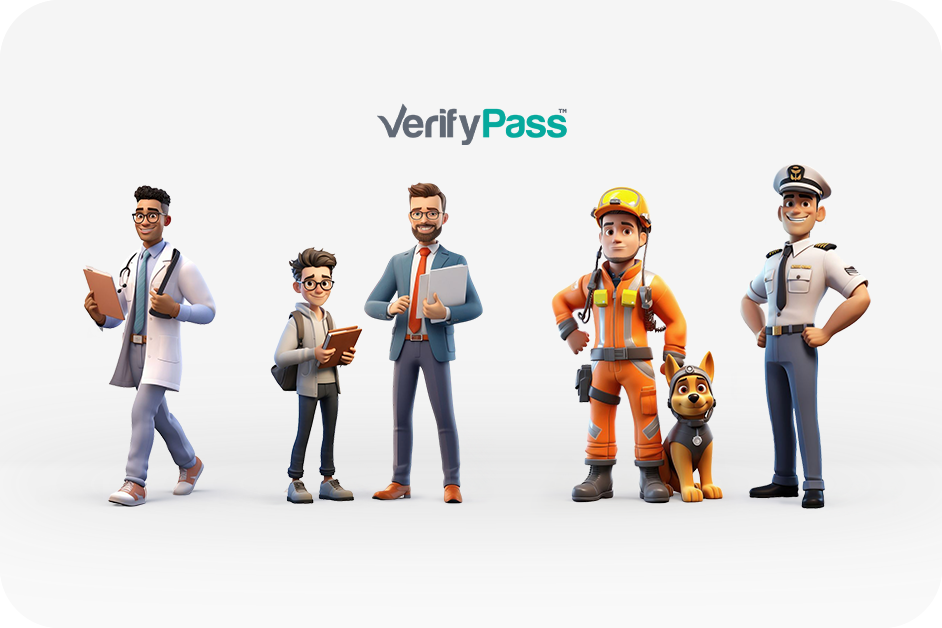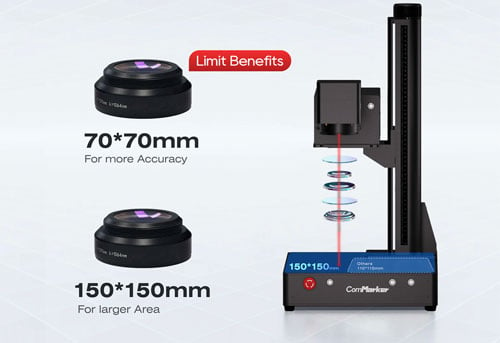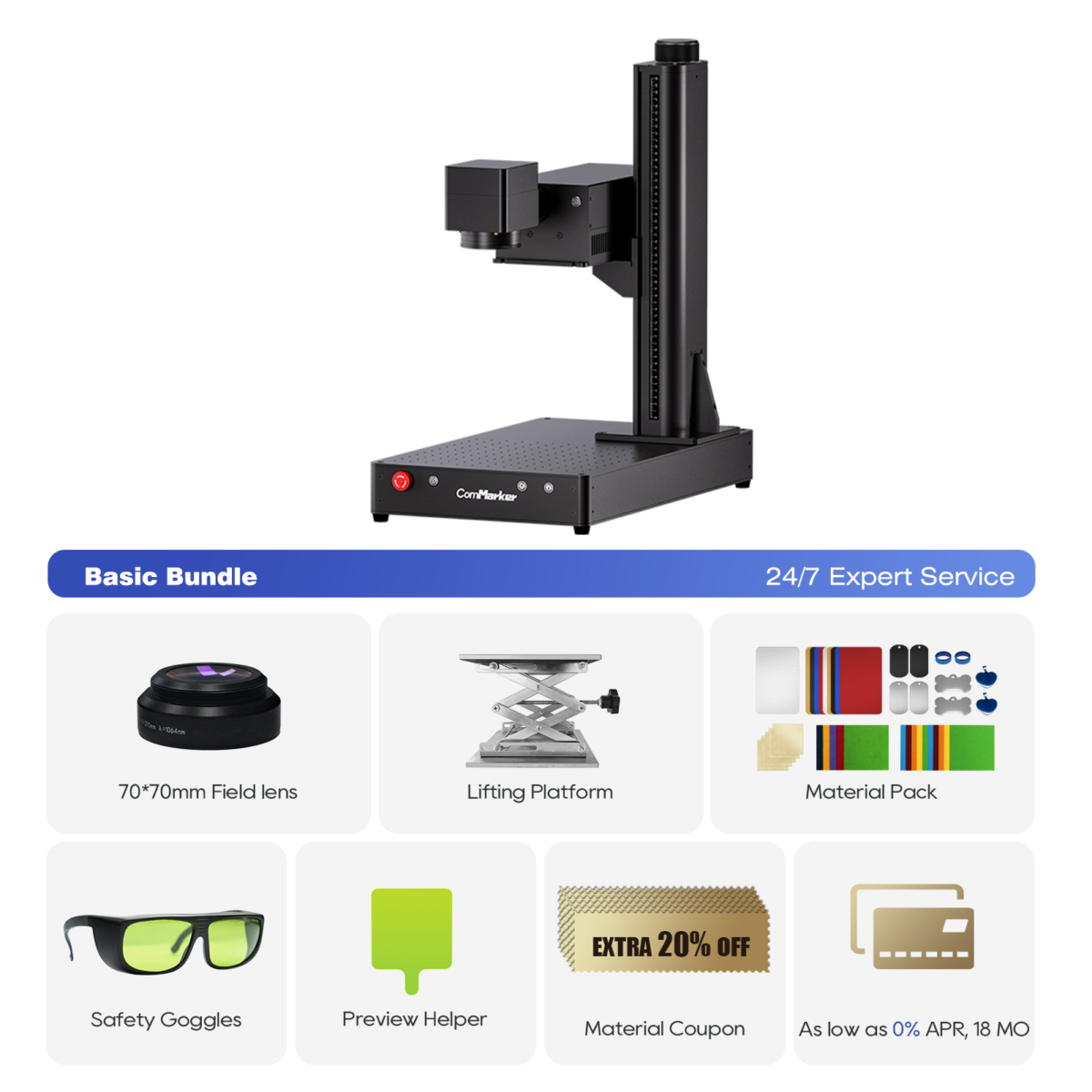Când utilizați a gravator cu laser, matching the right laser source with the proper field lens isn’t just a technicality—it’s the secret to maximizing your engraving precision, putere, si viteza. Indiferent dacă lucrați cu metal, plastic, sau ceramica, understanding how these two core components interact will directly impact the quality of your results. This guide will help you pair them effectively based on your material and application.
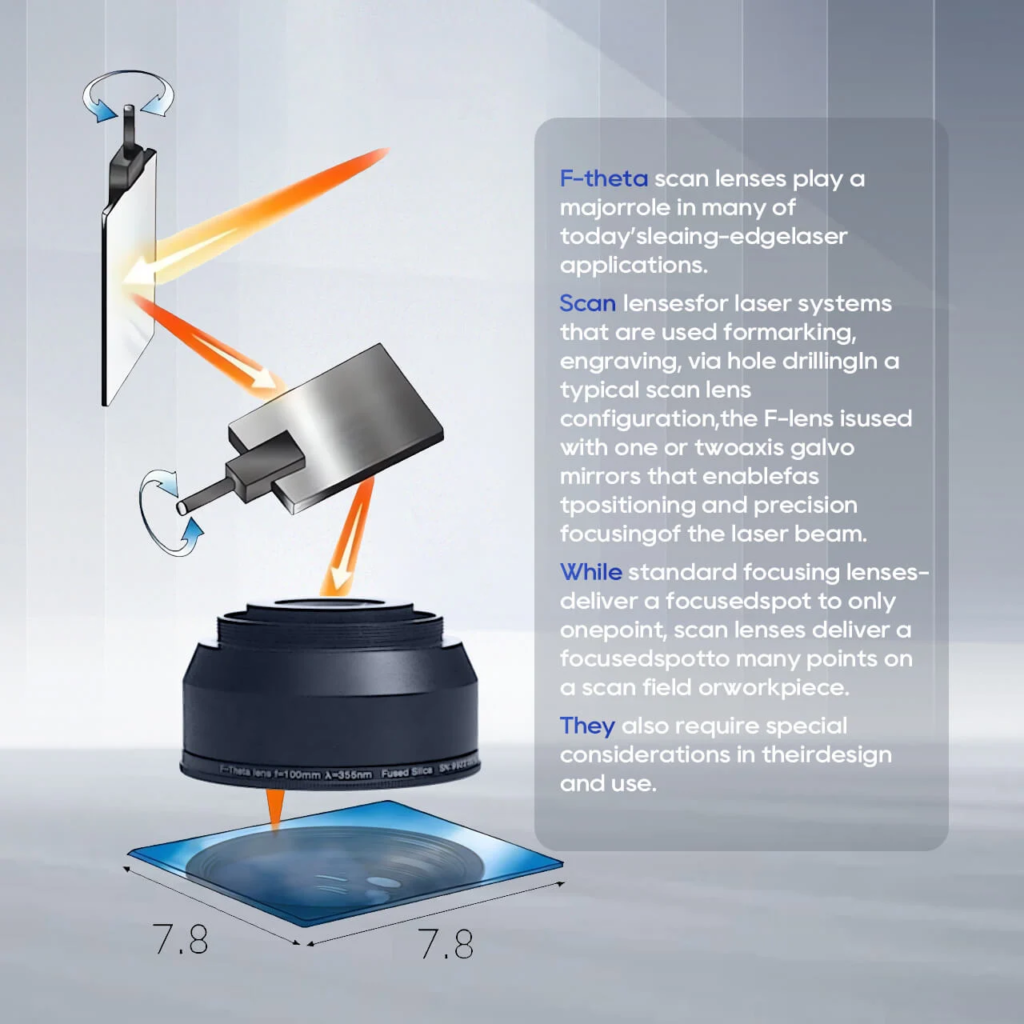
Understanding the Laser Source and Its Role
Before diving into lens selection, let’s review the three most common laser sources:
| Tip laser | Lungime de undă | Cel mai bun pentru | Example Materials |
|---|---|---|---|
| Co₂ laser | 10,600 nm | Organic materials | Lemn, acril, Piele |
| Laser cu fibra | 1,064 nm | Metalele & materiale plastice dure | Oţel inoxidabil, aluminiu, ABS |
| Laser UV | 355 nm | Heat-sensitive & fine detail work | Plastic, sticlă, ceramică |
Fiecare laser source emits light at a specific lungime de undă, which affects how well it is absorbed by the target material. This is crucial because poor absorption means weak marking or even surface damage.

Choosing the Right Field Lens (F-Theta Lens)
The field lens, also called an F-theta lens, determines your engraving area and focus characteristics. Important factors include:
- Distanță focală (de ex., 100mm, 200mm): Shorter focal lengths = smaller working area, tighter focus = higher detail.
- Dimensiunea spotului: Smaller spot size = higher precision, but less depth.
- Distortion: A good F-theta lens minimizes edge distortion in large working fields.
Typical Pairings for Efficiency
| Tip laser | Typical F-Theta Lens | Use Case |
|---|---|---|
| Co₂ | 63.5mm or 100mm | Cutting/engraving wood or acrylic signs |
| Fibră | 160mm or 254mm | Deep metal engraving or color marking |
| UV | 110mm or 150mm | QR code etching on plastics, IC chips, glass bottles |
Sfat: For the ComMarker Omni 1 Gravoare cu laser UV, a 110mm field lens gives excellent accuracy on small plastics, while a 150mm lens is better for glass or ceramic surfaces.

Matching Considerations That Matter
- Compatibilitate cu lungimea de undă
A lens designed for 1064nm (fibră) won’t transmit 355nm (UV) effectively. Make sure your lens matches your laser source wavelength. - Engraving Area vs. Precizie
Larger field lenses cover more surface area, but with a larger spot size. If you’re marking fine logos or QR codes, use a smaller lens. - Material Type
- Metal: Laser cu fibră + 254mm lens for coverage or 160mm for depth.
- Plastic: Laser UV + 110mm lens = crisp, high contrast.
- Organic: Co₂ + 63.5mm = fine details on wood or leather.
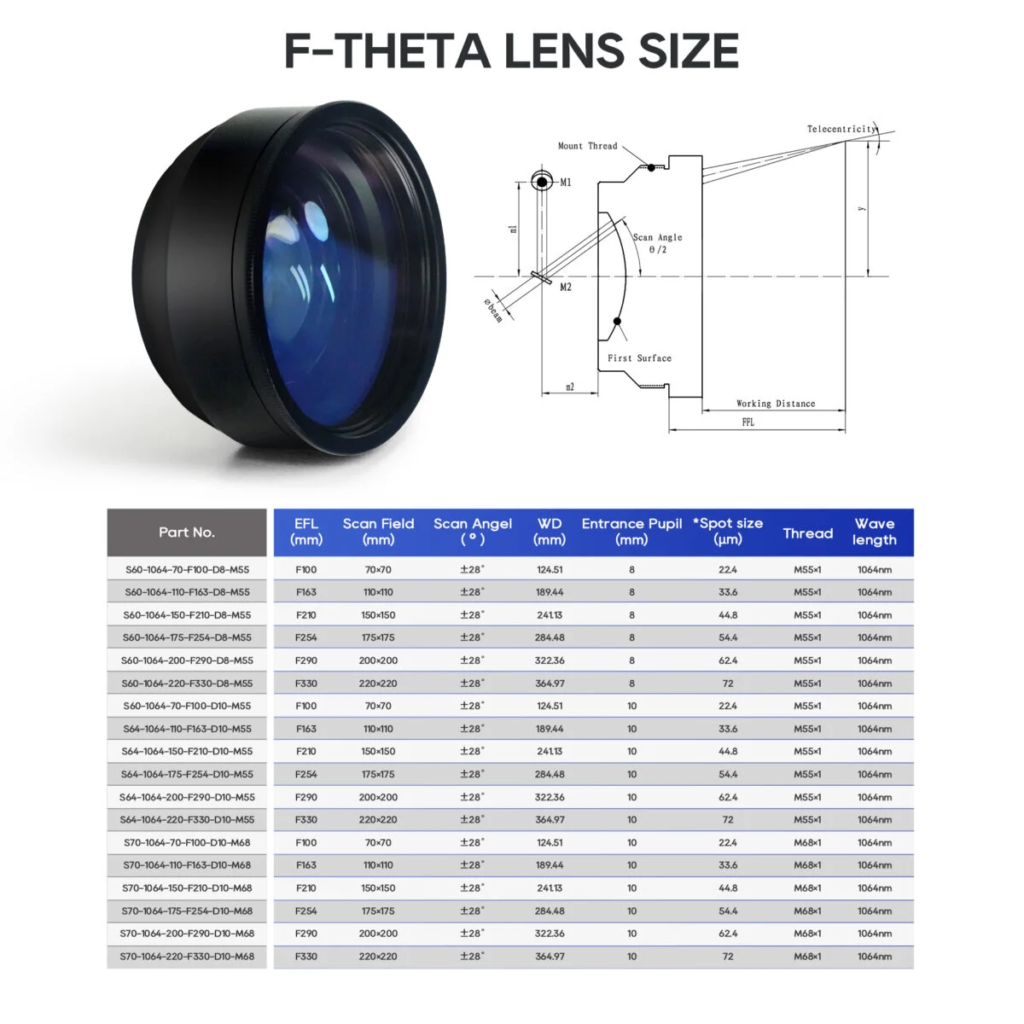
Recommended Setups for Beginners and Professionals
| Material | Best Laser Type | Ideal Lens | Use Case |
|---|---|---|---|
| Oţel inoxidabil | Laser cu fibra | 160mm | Gravură profundă, unelte |
| Plastic Products | Laser UV | 110mm | Numere de serie, coduri QR |
| Sticlărie | Laser UV | 150mm | Logos on bottles |
| Etichete din piele | Co₂ laser | 63.5mm | Branding personalizat |
ComMarker Omni 1 Gravura laser
Laser de generație următoare pentru a debloca toate materialele. Tehnologia de gravare ZeroBurn™ Primul gravor laser 16K HD din lume Sistem de gravare SpeedMax™ 10.000 mm/s Deblocați toate materialele cu laser UV Tehnologia termică ColdFront™ Lifting electric cu 2 Lentile opționale compatibile cu sistemul de gravare rotativă EZCAD și LightBurn 360°
Matching Smartly Maximizes Your Laser Engraver’s Potential
Choosing the right combination of laser source and lens is the foundation of getting pro-level engraving results—without wasting time or materials. If you’re just getting started or upgrading your current setup, cel ComMarker Omni 1 UV offers pre-configured lens options with powerful wavelength precision, making it a flexible solution for plastic, sticlă, piatră, and metal engraving.
Looking for an all-in-one solution? Vezi ComMarker Omni 1—a professional-grade laser engraver with customizable lens options and versatile UV laser power.




